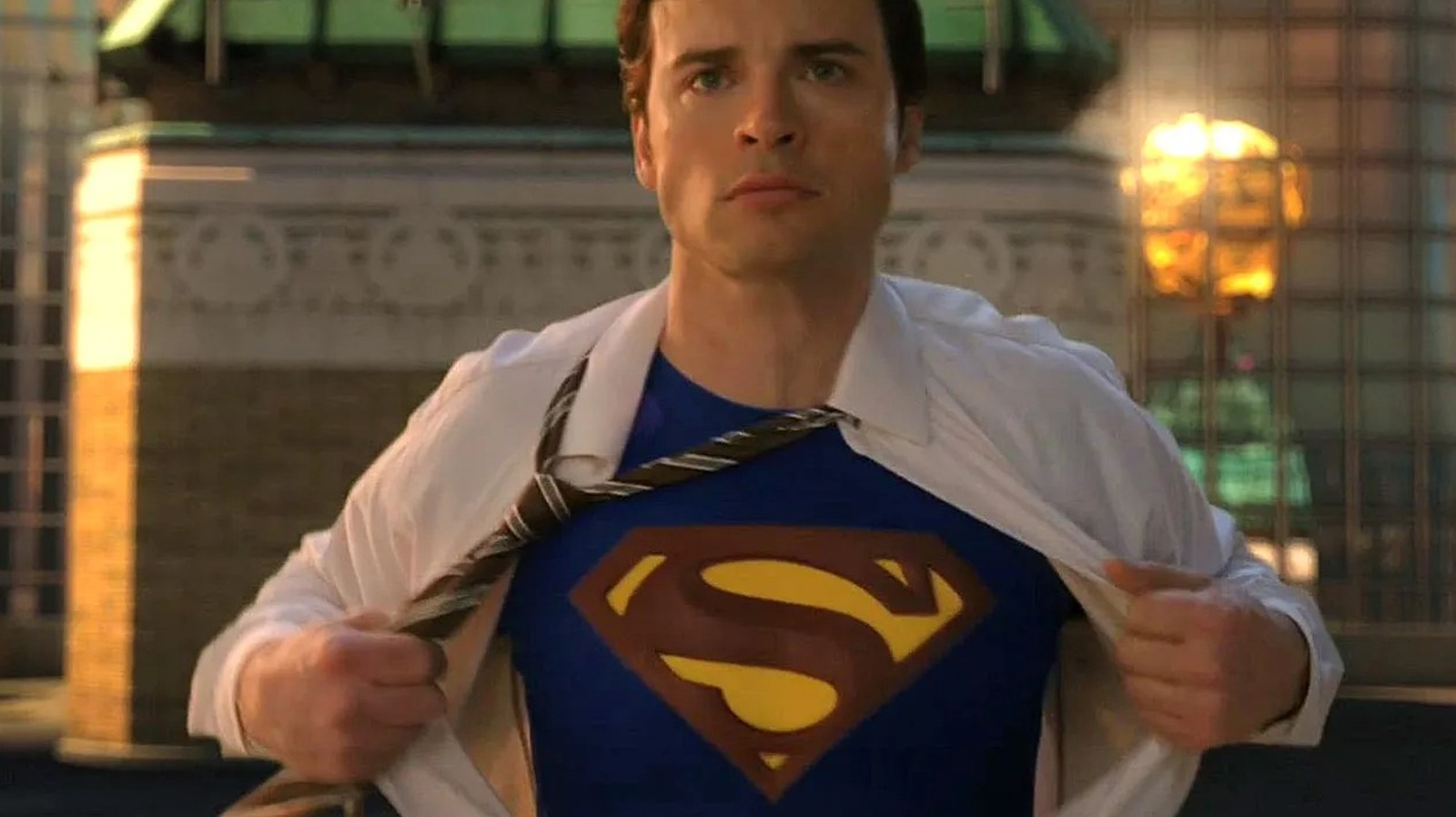It’s amazing that a movie about one of the most famous fast cars in the world can be told with such slow storytelling. That’s Michael Mann all over, however. With previous films including The Insider, Ali, and Miami Vice, he has built up a reputation as a slow, but vicious storyteller who favours high stake drama over high stake action.
And Ferrari is certainly that. Drama. Whether it’s Adam Driver’s savagely muted performance as the enigmatic Enzo Ferrari, or Penelope Cruz’s off-the-wall performance as his wife, Laura, this movie is dripping in tension and atmosphere, making the ‘talk-y’ scenes just as riveting as the car races. This in itself makes it one of the best car movies in recent years, and perhaps the best car film since Ron Howard’s Rush.
Rush and Ferrari
There’s something to love here for those who love car sporting events like Formula One, and those who just love a good biopic. The era of the 1950s is nicely depicted, with a reworking of Italian Neo-Realism that keeps you on the edge of your seat right the way through its 131-minute runtime.
Driver plays a flawed perfectionist, juggling his personal life and his professional life as his beloved company looms on the brink of bankruptcy. In this way, it’s slightly different to what Rush was trying to be. While Ferrari has something to say about the industry culture just before the ‘golden age’ of Formula One began, Rush was a glamorous depiction of this golden age in the 1970s, based on the iconic and propulsive rivalry between James Hunt and Niki Lauda. Both movies offer different things. Ferrari is more steely, unnerving, and heavy. While Rush is… Well, it’s a rush!
Driving Intensity With Character
That’s not to say Ferrari is not a racing movie at heart, however. The driving scenes themselves are astonishing, as real and pulsating as any race in Rush, and perhaps some of the best racing scenes to come out of the genre. It matters even more, too, because you’re invested in the characters. While neither Ferraris are particularly likeable – Cruz waltzes through every scene with a ferocity that burns through the screen – you can feel what’s at stake as an audience member, and you want things to end well as a result.
Of course, we all know it does. Ferrari continues and goes well beyond its original success, but that doesn’t stop you from chewing your nails to nothing in the last third of the film! There’s a particularly spectacular moment when the Mille Miglia – the dangerous, two-day test of endurance that spans 1,000 miles – enters Bologna, and there’s a fierce fight between Maserati and Ferrari as they twist along a rocky mountain pass. We won’t tell you what happens, just in case you haven’t watched it, but it’s a fantastic scene that is made all the more intense after sitting through the last hour and a half.
Better Than the Rest
There have been many excellent racing films since Rush braced our screens. Most notably, the biographical Ford v Ferrari, directed by James Mangold and released in 2019. Loved by audiences worldwide, this was a fearless movie that easily relayed the intensity of those 1960s rivalries, with some award-nominated performances from Matt Damon and Christian Bale – who play Ford and Ferrari drivers Ken Miles and Carroll Shelby. There’s also been Gran Turismo, which was also released last year. However, the less said about that the better.
Despite these films, Ferrari feels like a seminal moment, and it manages to achieve something that even Ford v Ferrari didn’t. Even without the racing, it’s a spectacular movie. The story is strong enough, the characters are deep enough, and the direction is good enough. The cars are just the icing on top – but they’re delicious icing, at that!







